Overcoming data migration challenges during M&As in the insurance sector
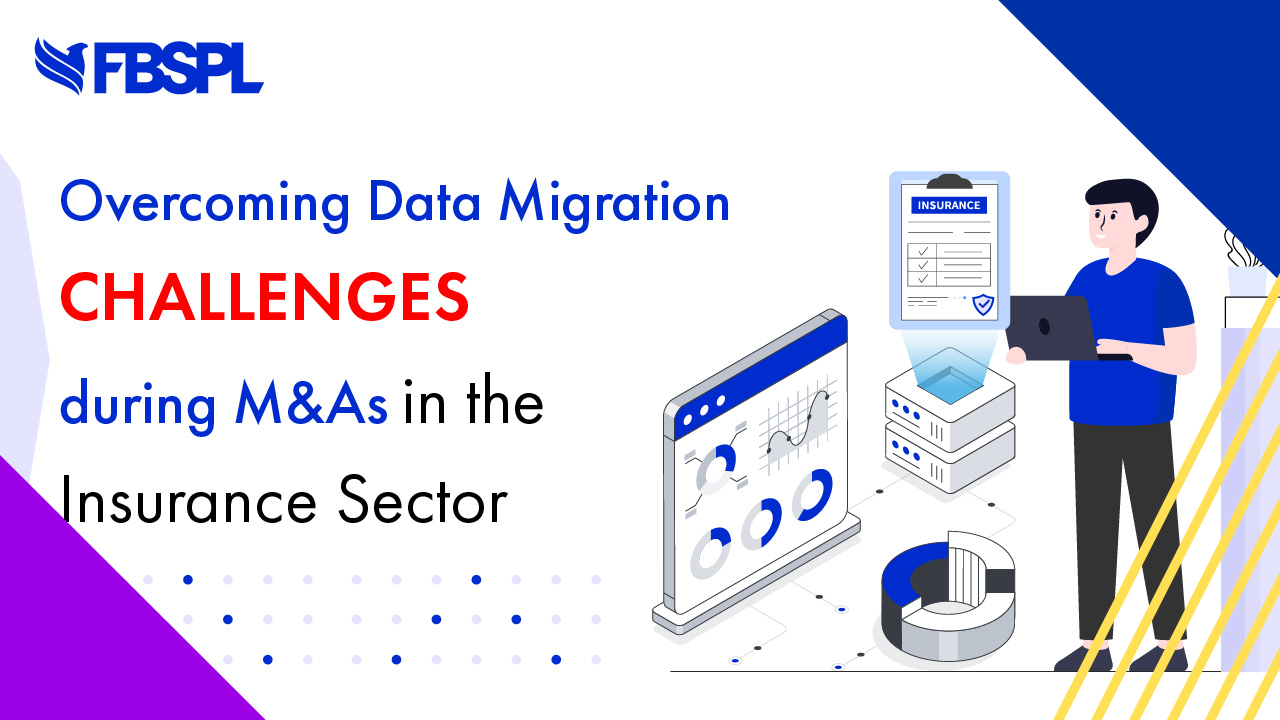
This article is a submission by Fusion Business Solution (P) Ltd.-FBSPL. Fusion Business Solution (P) Ltd. (FBSPL) is a Udaipur, India-based company providing Business Process Outsourcing, management, consulting, and IT services, with operations in New York, USA.
Learn the hidden risks of poor data migration and how to keep your insurance data accurate and compliant!
Mergers and acquisitions are happening at a breakneck pace in the insurance world. Agencies are buying, merging, and consolidating faster than ever.
On paper, it looks like growth, expansion, and operational efficiency. In reality, there’s a silent beast hiding behind the scenes: data.
Specifically, how to move it, clean it, and make it work in a new system. This is where the infamous data migration challenges creep in.
And yes, it’s not a small hurdle—nearly 8 out of 10 insurance agencies fumble during Mergers and Acquisitions (M&As) data migration.
Why? Because most underestimate the complexity. It’s not just copying files. Policies, client histories, claims, and billing data all need to align, and misalignment can cost millions—or worse—damage client trust.
This is where insurance data migration outsourcing solutions come in. Outsourcing is no longer just an option; it’s often the only way to get it right without burning internal resources.
In this post, we’ll dive deep into why insurance agencies struggle, what triggers data migration, the hidden risk of poor data migration, and actionable ways to tackle these challenges head-on.
Understanding data migration in M&As: The core concept
People often think of data migration in insurance as a technical chore; click a button, move the files, done. But it’s a little messier than that.
Data migration during M&As involves extracting data from old systems, transforming it to fit new platforms, and then loading it into the destination environment. And yes, every mistake can be costly.
Imagine merging two insurance agencies. You’ve got client records in different formats, claim histories stored differently, and underwriting rules in another system entirely.
If even one field is misaligned, it could trigger errors in billing, reporting, or compliance. And in insurance, errors aren’t small. They can escalate to legal complications, audits, or lost clients.
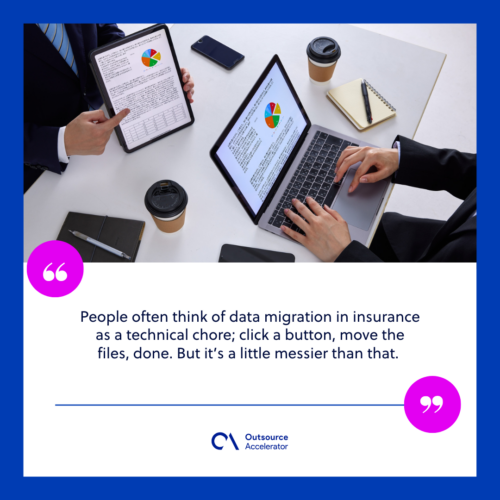
What triggers data migration?
It can start in a dozen ways. An old system finally gives out. A merger or acquisition drops piles of new data onto the table.
Sometimes it’s a compliance deadline breathing down everyone’s neck, or a push to modernize tech before it becomes a liability. Even just trying to smooth operations can set it off.
The catch? If nobody’s really mapped it out, even the smallest trigger can explode. What looks like a routine shuffle can turn messy fast, files lost, timelines crushed, teams scrambling to make sense of it all.
Key challenges in transforming data during M&As
Insurance data migration challenges are often underestimated, but here’s what agencies stumble over the most:
1. Fragmented data sources
Legacy systems, policy, claims, and billing rarely talk to each other. Different formats, inconsistent names, duplicates, missing bits. It’s chaotic. Add a ticking M&A clock, and suddenly small mistakes pile up fast.
2. Legacy system limitations
Older systems don’t play well with modern tools. Some don’t have APIs, some can’t export data cleanly, and some require custom scripts to even touch the data. IT teams end up reinventing the wheel, and mistakes slip through.
3. Compliance risks
Insurance is highly regulated. Migrating inaccurate client data can violate laws, trigger fines, or worse, lead to lawsuits. Agencies can’t just focus on moving data; they have to move it right.
4. Data quality issues
Old, incomplete, or just messy data can bring everything to a halt. Missing client emails, outdated claim statuses, policies that don’t match, tiny gaps turn into major headaches. Poor data quality hides in plain sight until it trips everything up.
5. Hidden risk of poor data migration
The sneaky part? Problems don’t always show up immediately. Weeks or months later, reporting is off, renewals slip, and clients get annoyed. By the time anyone notices, the damage is already done, making this risk dangerously invisible.
6. Operational disruptions
Migration isn’t a pause button. Day-to-day operations continue, and system downtime or freezes can halt policy issuance, delay claims, or slow billing. The result? Revenue loss, frustrated employees, unhappy clients.
Practical solutions to overcome data migration challenges
It’s tempting to say, ‘just plan better.’ But there’s more nuance. Here’s a roadmap that works:
Audit everything
Know your data inside out. Duplicate records? Missing fields? Inconsistent formatting? Get a full picture before moving anything.
Map with precision
Every source field should have a destination match. Don’t assume; it’s better to document more than to correct mistakes later.
Clean data early
Remove duplicates, standardize formats, and correct errors. Think of it like spring cleaning. It’s tedious, but it saves countless headaches later.
Leverage automation tools
ETL tools, scripts, and platforms can handle heavy lifting, reducing human error. But don’t blindly rely on automation; monitor, validate, and double-check.
Pilot migration
Run tests with a small dataset first. Learn from mistakes before the full rollout. It’s safer, and it exposes hidden issues early.
Validate post-migration
Even after everything is loaded, don’t relax. Cross-check source and destination, audit outputs, and get feedback from end-users. Accuracy isn’t optional; it’s mission-critical.
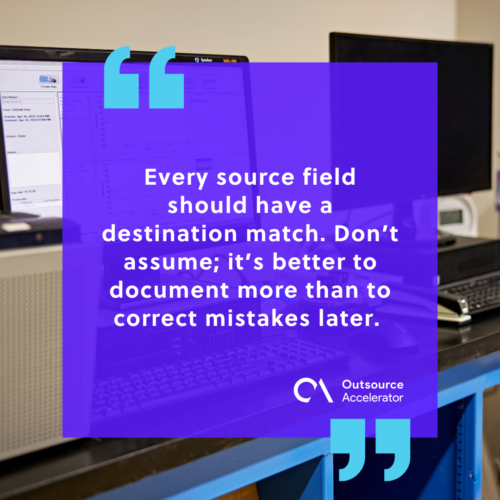
Best practices for successful insurance data migration
Some strategies might sound obvious, but are game-changers in practice:
- Document mapping rules, validation steps, and exceptions.
- Keep a single source of truth. Multiple ‘master copies’ are disaster magnets.
- Involve stakeholders early. Business teams, IT, compliance, everyone.
- Set realistic timelines. Don’t rush, or risk error amplification.
- Train users post-migration. New workflows can be confusing; adoption is crucial.
These aren’t academic recommendations; they’re battle-tested methods that agencies rely on to navigate insurance data migration challenges successfully.
Leveraging outsourcing for seamless data migration
Here’s the truth: most agencies can’t handle M&A migrations alone. Outsourcing brings speed, precision, and peace of mind.
- Specialized expertise: Teams know insurance data quirks and regulatory nuances.
- Speed: Proven frameworks mean faster migration without sacrificing quality.
- Cost efficiency: Cheaper than hiring and training a large internal team for a short-term project.
- Ongoing support: Many providers continue monitoring post-migration to catch hidden errors.
Think of outsourcing as having a safety net. You still oversee the process, but the heavy lifting and the risk are handled by people who do this daily.
Make data migration a strategic advantage
M&As in insurance look neat on paper. Growth, consolidation, efficiency. Reality? The chaos is in the data.
Systems that don’t talk to each other, missing client info, mismatched policies, outdated claims, all tiny problems that can spiral fast. Ignore them, and even a ‘routine’ migration becomes weeks of scrambling.
The hidden risk of poor data migration is real; issues can lurk for months, showing up in client complaints, reporting errors, or compliance headaches.
That’s why agencies are leaning on insurance data migration solutions and data migration services. With an experienced outsourcing partner, you will experience that every policy, claim, and client record is handled carefully, accurately, and quickly.
What makes them different? Real insurance expertise, proven processes, and smart tech that actually works, minimal downtime, low risk, smooth operations.

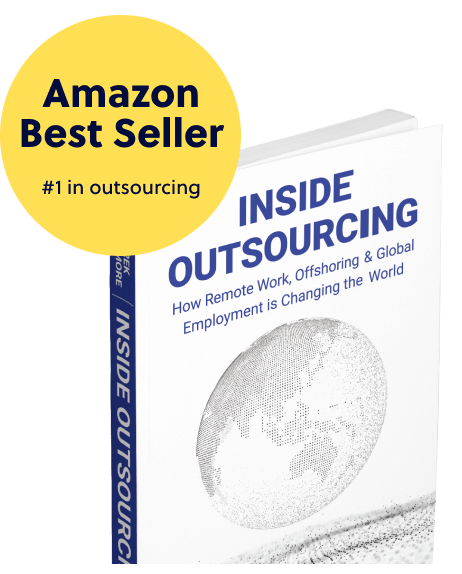


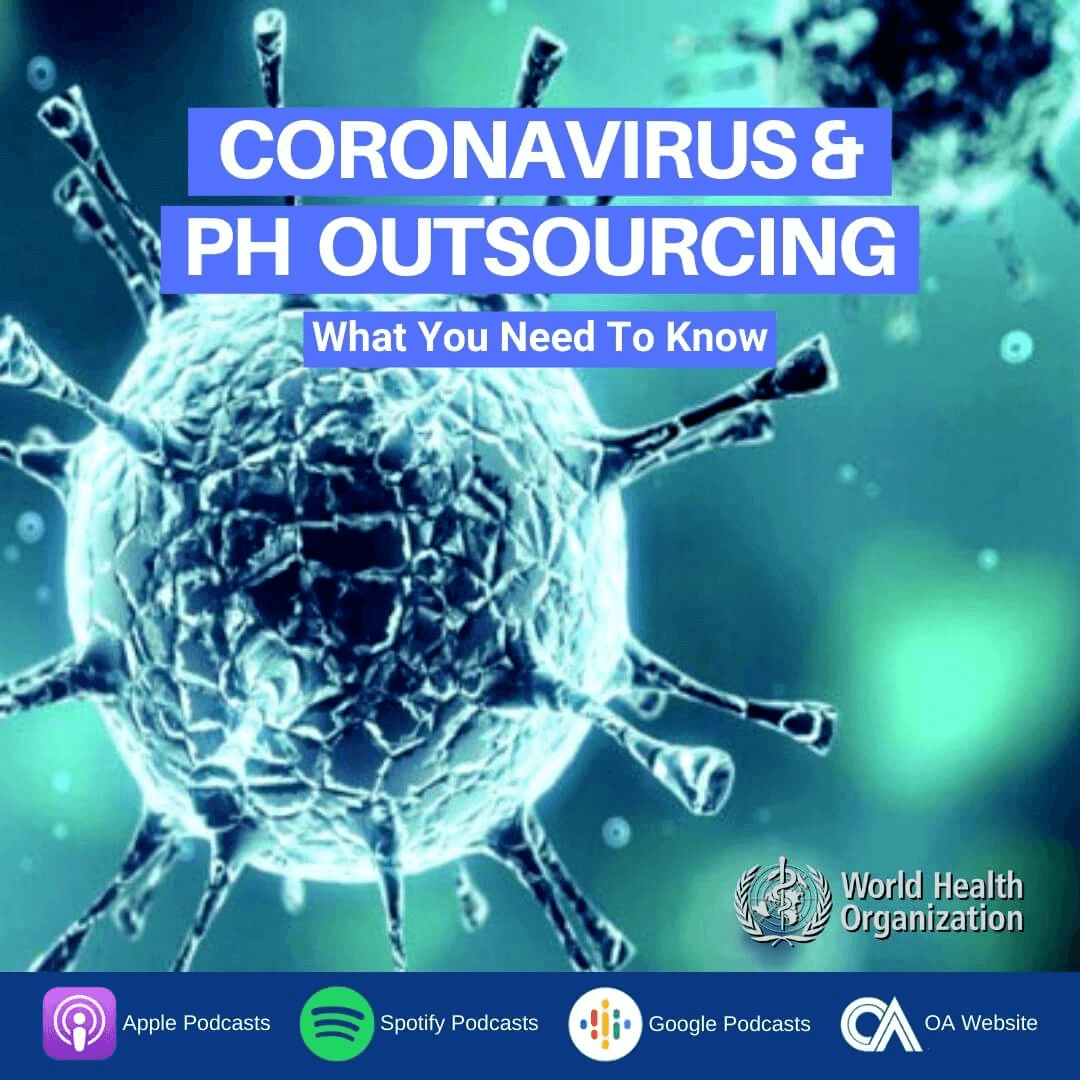
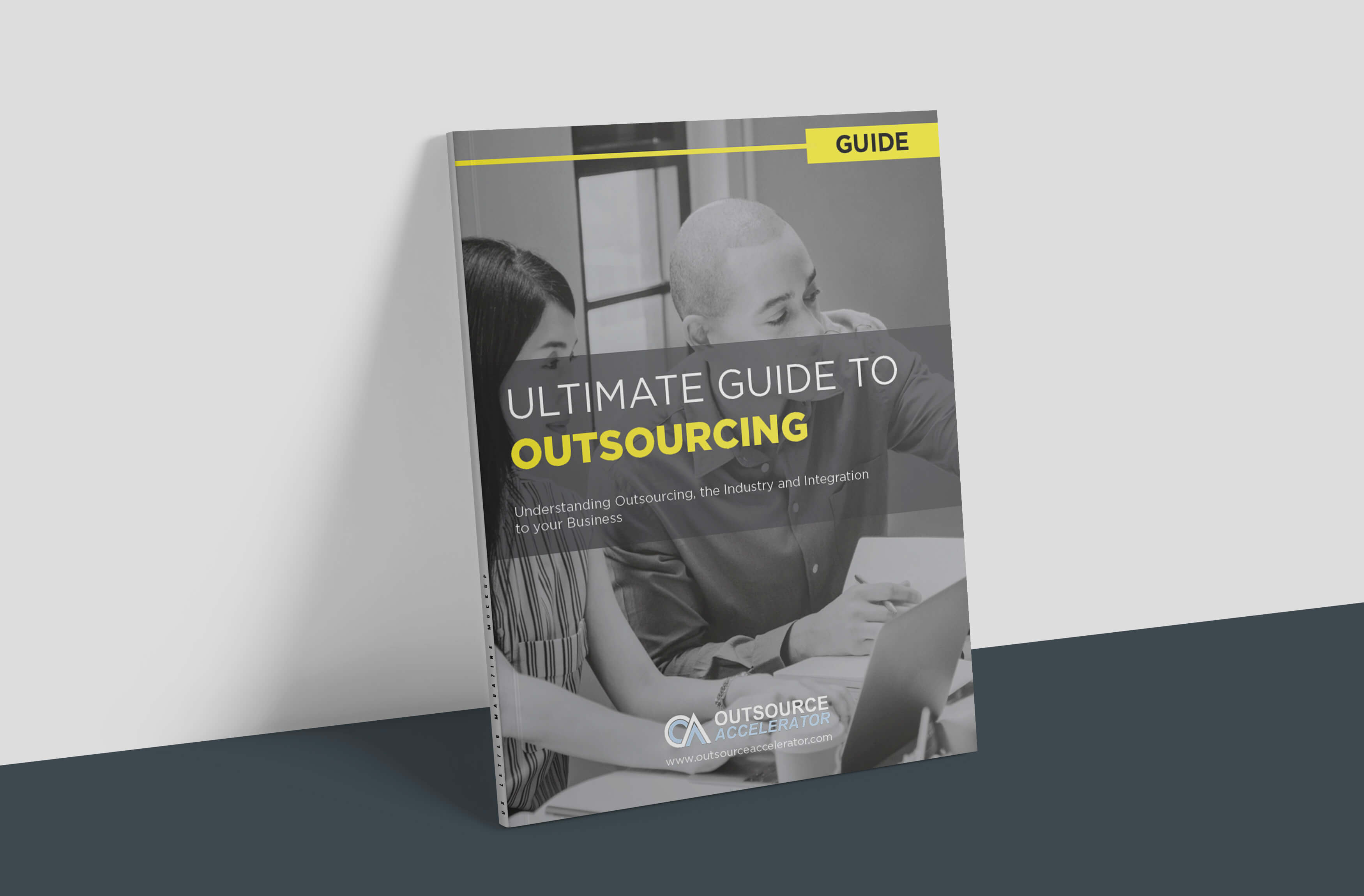

 Independent
Independent




